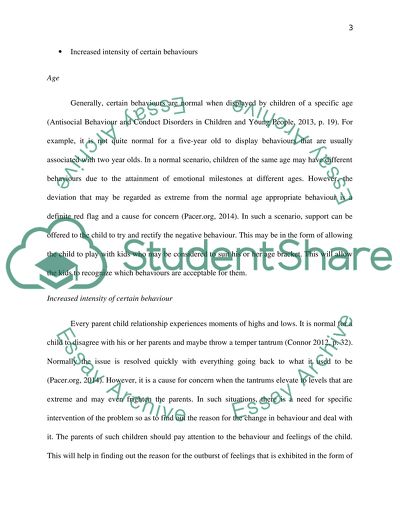Cite this document
(“Understanding Child Behaviour Research Proposal”, n.d.)
Understanding Child Behaviour Research Proposal. Retrieved from https://studentshare.org/psychology/1644070-behavioural-essay
Understanding Child Behaviour Research Proposal. Retrieved from https://studentshare.org/psychology/1644070-behavioural-essay
(Understanding Child Behaviour Research Proposal)
Understanding Child Behaviour Research Proposal. https://studentshare.org/psychology/1644070-behavioural-essay.
Understanding Child Behaviour Research Proposal. https://studentshare.org/psychology/1644070-behavioural-essay.
“Understanding Child Behaviour Research Proposal”, n.d. https://studentshare.org/psychology/1644070-behavioural-essay.


